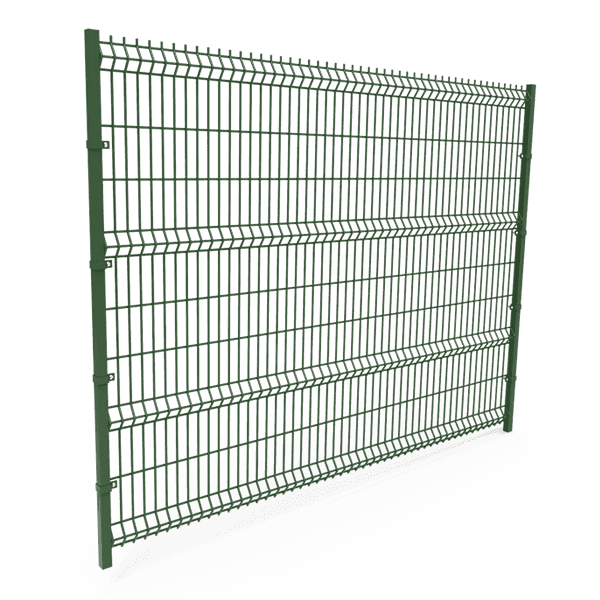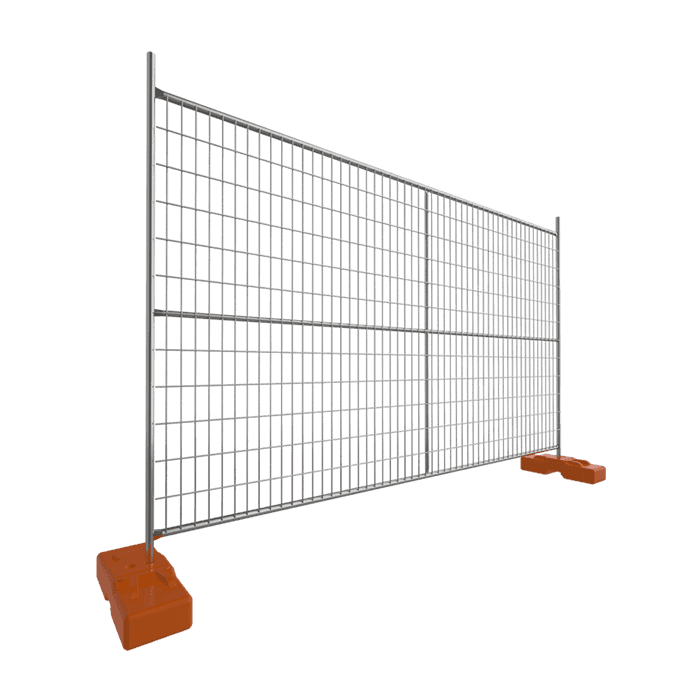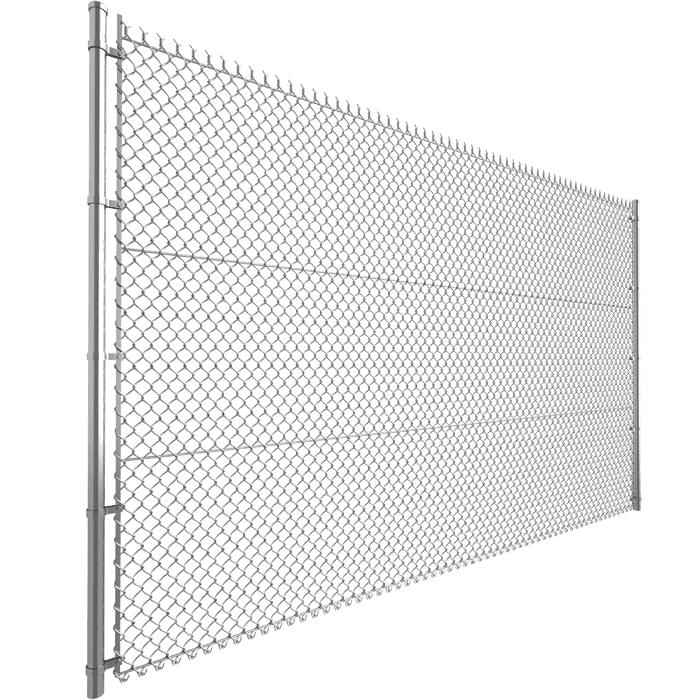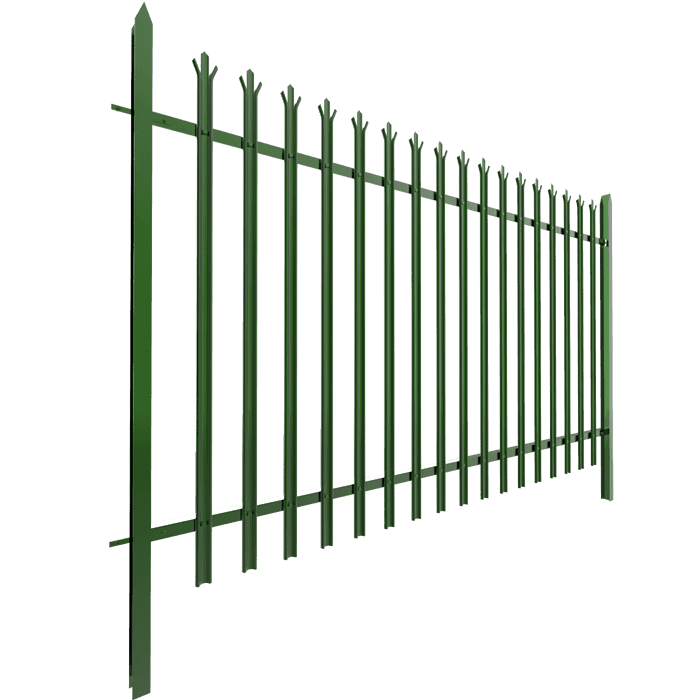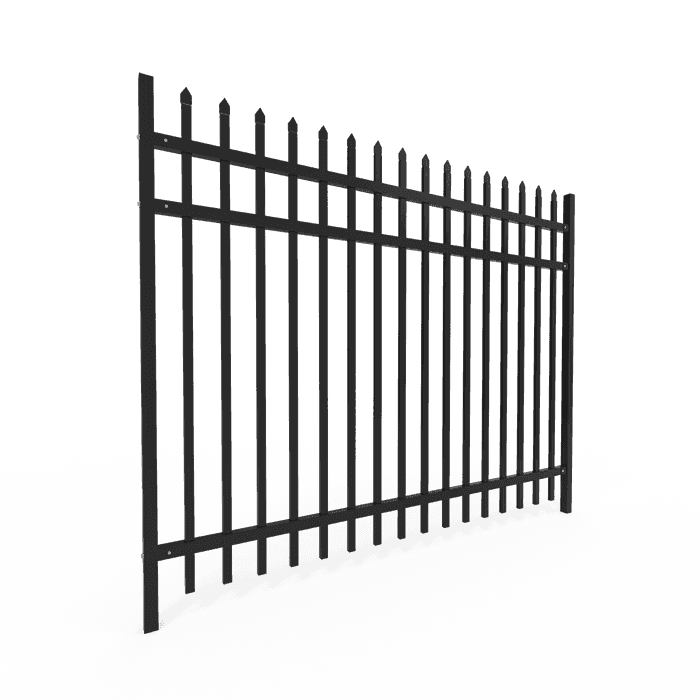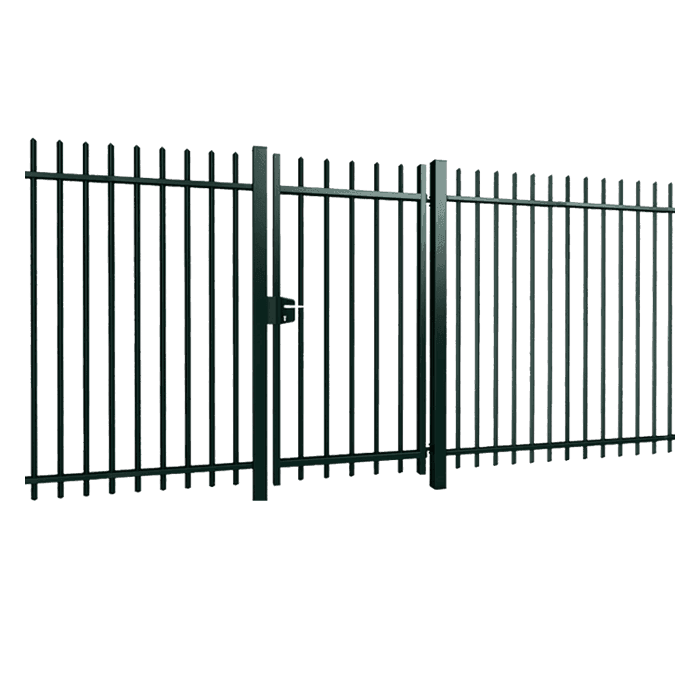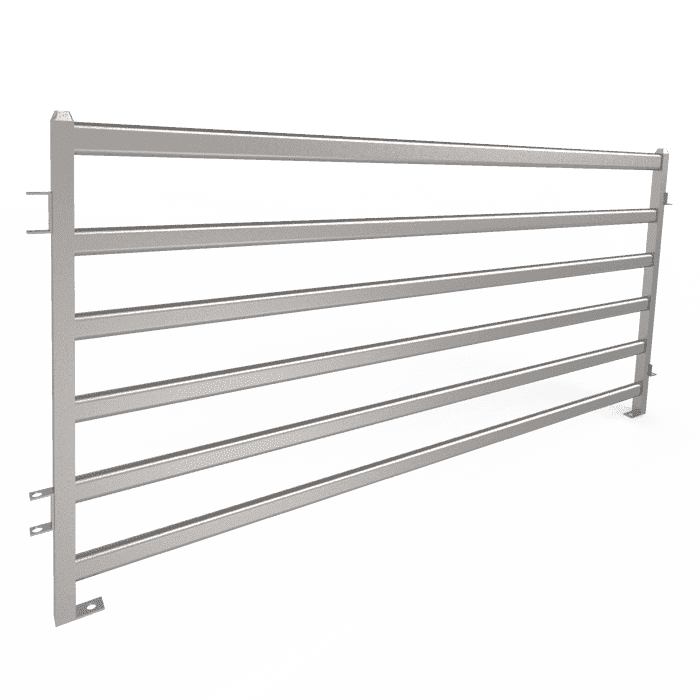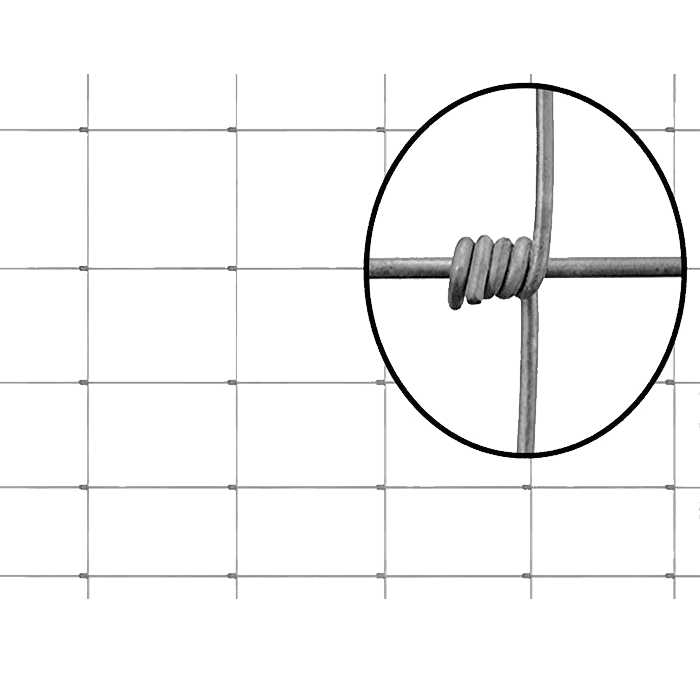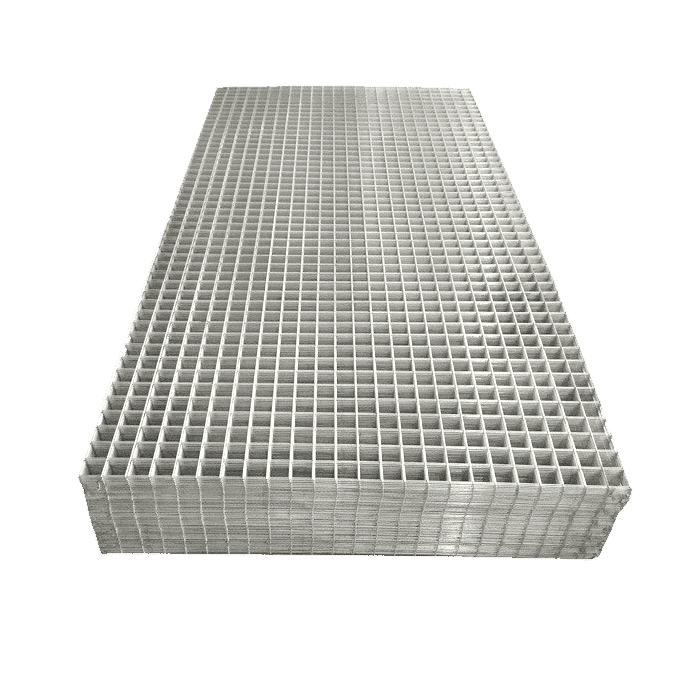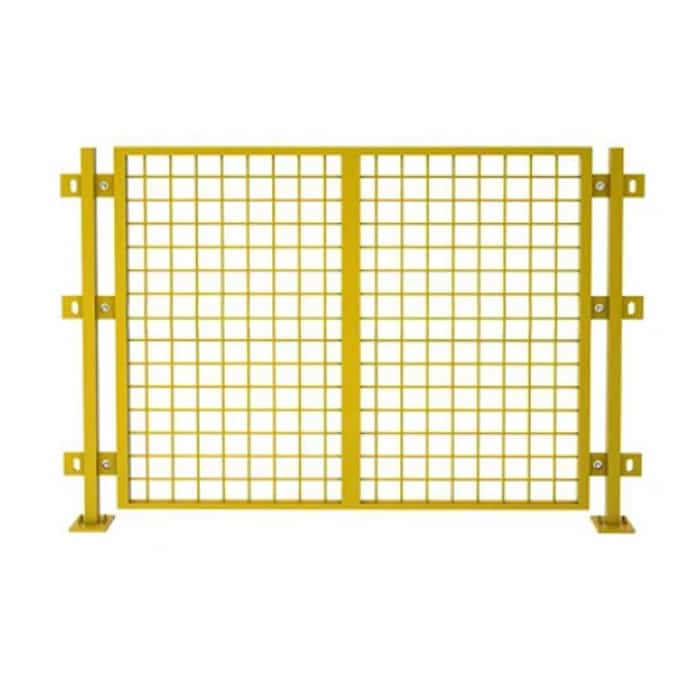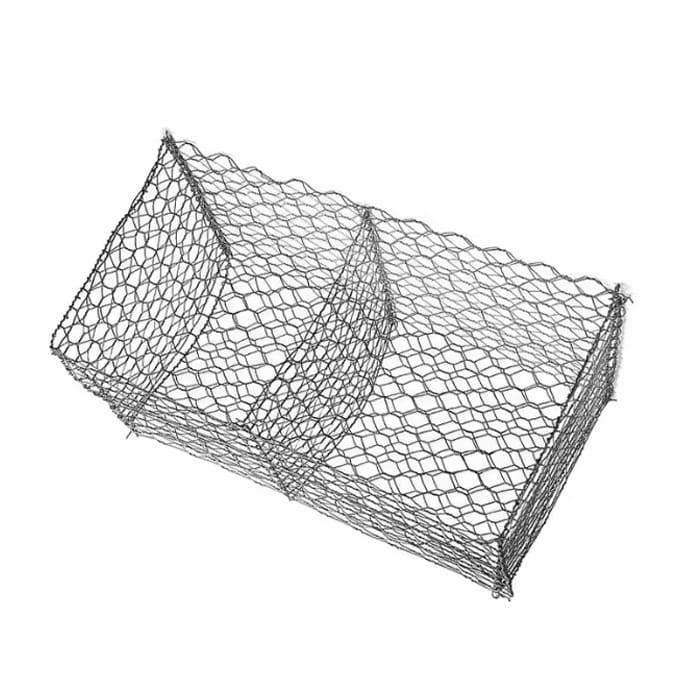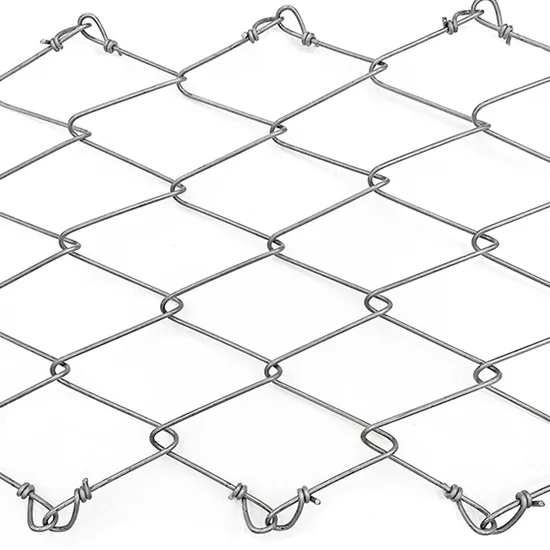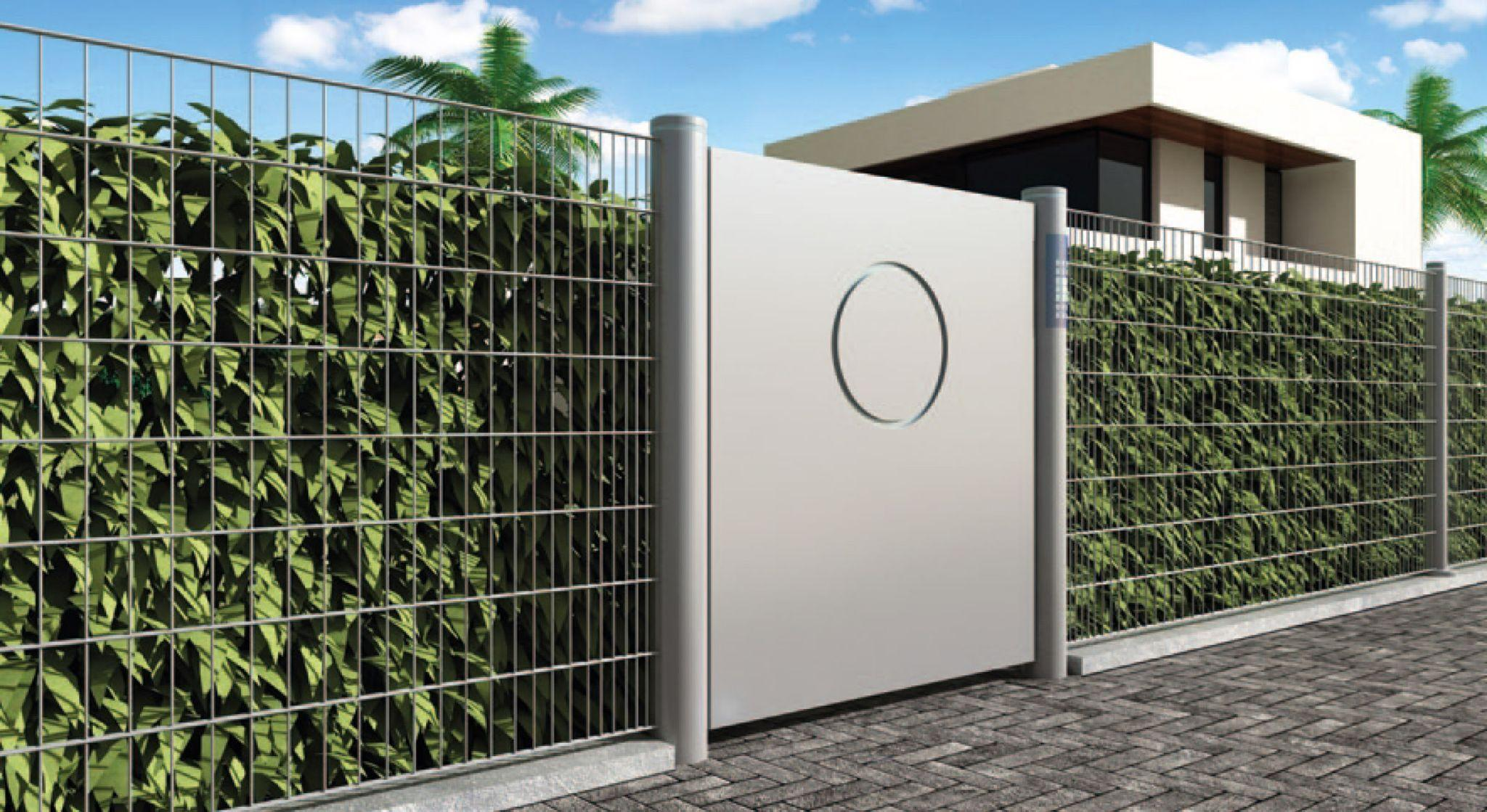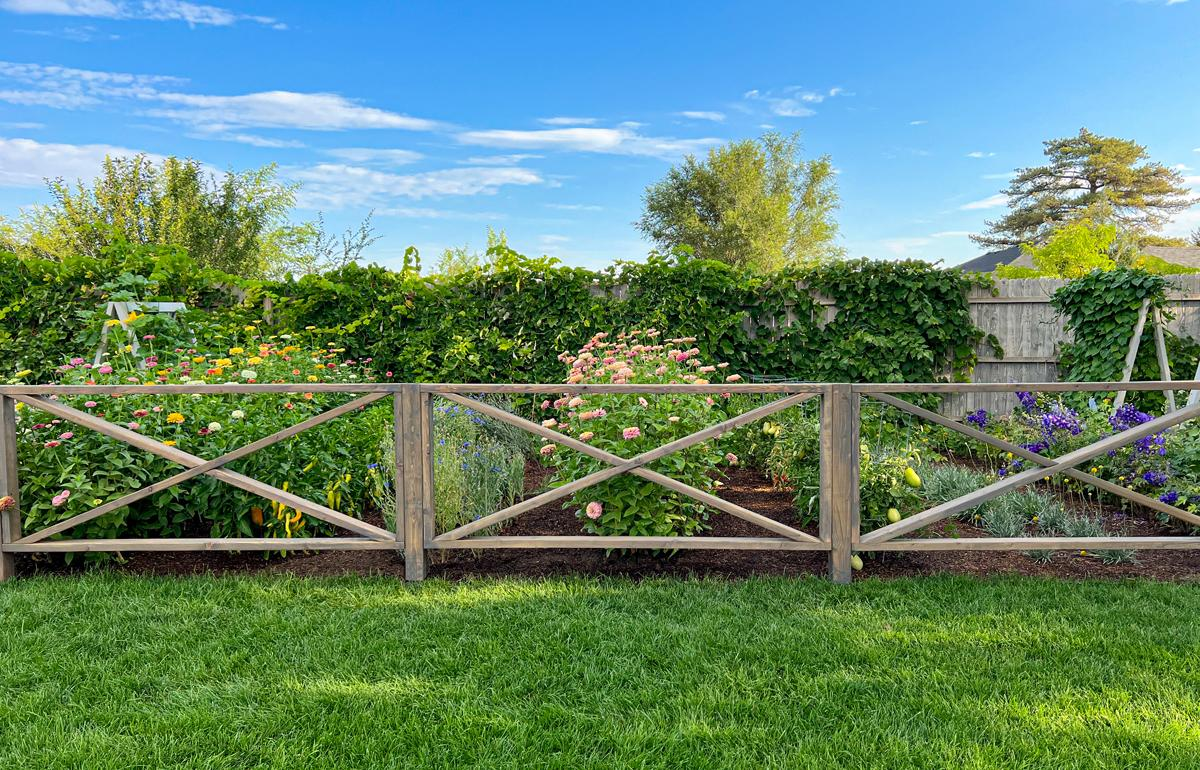Table of Contents
The look, security, and functioning of any property get a lot more enhanced with a beautiful fence. But the catch is, do go for a custom fence because it offers a certain and very distinct blend of style and functionality that is uniquely tailored to your needs. Whether your custom fence is going to be about creating an extra-private backyard retreat, keeping pets and kids safe, or just ramping up some curb appeal for your home, a custom fence lets you control every detail.
Unlike their mass-market counterparts, custom fences consider the layout of your property, your lifestyle, and your choices. They welcome creativity and artistry, yet serve the underlying need of practicality with issues of durability and weather resistance, not to mention zoning restrictions. But with so many choices available, the process can feel overwhelming.
In this guide, we’ll go ahead and break down the very important factors you need to think about when custom-making that fence, so that you make choices smartly and in an informed manner, thus ending up with a fence you will cherish for many years.
Part 1: Why Customized Fences?
Why is custom fencing often viewed as a more viable option for both homeowners and developers? Are some of the reasons why:
1. Tailored Functionality
Each piece of land is different, and so are its needs for fencing. Maybe you just want to keep your dogs inside, or maybe it is really a security fence for someone else, or will truly reduce noise, block certain winds, or just give privacy from neighbors.
A custom fence can be customized to actually meet each need. For example, a sloped yard may require specially cut panels, while a garden space may need a decorative trellis top for climbing plants.
2. Enhanced Curb Appeal
First impressions matter. A custom fence can heavily increase the curb appeal of a property by matching the architectural style and color scheme of the home.
With countless options in the market for materials, finishes, and designs, you can come up with a fence that either just smoothly blends or shines in contrast with the surroundings. This flexibility in design is a form of visual enhancement for your landscape, making your property a visual treat.
3. Increase in Value of Properties
Whatever fence you choose, it will be considered to raise the selling price of a house. Potential buyers view custom work as more exceptional, particularly if it promotes privacy, security, or design coherence. It’s not just a functional upgrade but also an investment that can pay off when it’s time to sell.
4. Long-Term Durability
Custom fencing lets one specify suitable materials depending on climate and maintenance needs. Whether the need is for moisture-resistant vinyl on a coastal house or sturdy metal in high-wind country, it pays to look for the best-quality materials that will not just last longer but will also perform better in the long run with fewer repairs.
5. Personal Expression
Your home should be your representation, and so should the fence. Whether it is white painted pickets, staggeringly clean lines in horizontal wood, or elaborately ornate wrought iron, custom fencing allows for the expression of design language to set apart the house from all others.
Part 2. How to Choose the Material of a Customized Fence?
Choosing the correct material is among the most important choices you’ll make while decorating a fence. From appearance and strength to price and care, the material influences everything.
Materials to choose from?
A well-selected fence material satisfies your practical requirements, matches your house’s character, and fits your local environment. The most often used fencing materials are covered below, together with their benefits and drawbacks, and how to select the best one for your project.
1. Wood Boundary Fencing
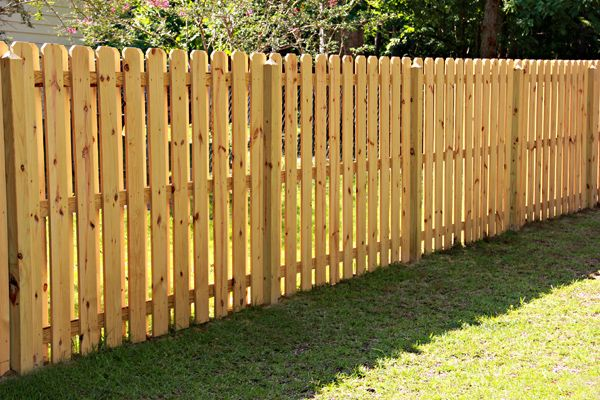
Wood is among the most conventional and well-liked fencing materials. It has timeless appeal and suits a number of architectural styles since it offers natural beauty and adaptability.
Pros
- Natural finish and beautiful attraction
- Adjustable in height, shape, and style.
- It may be painted or stained to fit your house.
- Good for secrecy and noise suppression
Drawbacks
- Requires regular maintenance (staining, sealing)
- Weathering, rot, and pests’ susceptibility
- Untreated shorten lifespan.
- Suitable for suburban homes, gardens, and privacy enclosures, this is best for homeowners looking for a traditional, cozy, and personalized fence.
Tip: Opt for rot-resistant woods like cedar or redwood for enhanced longevity, particularly in wet or humid climates.
2. Vinyl (PVC) fencing
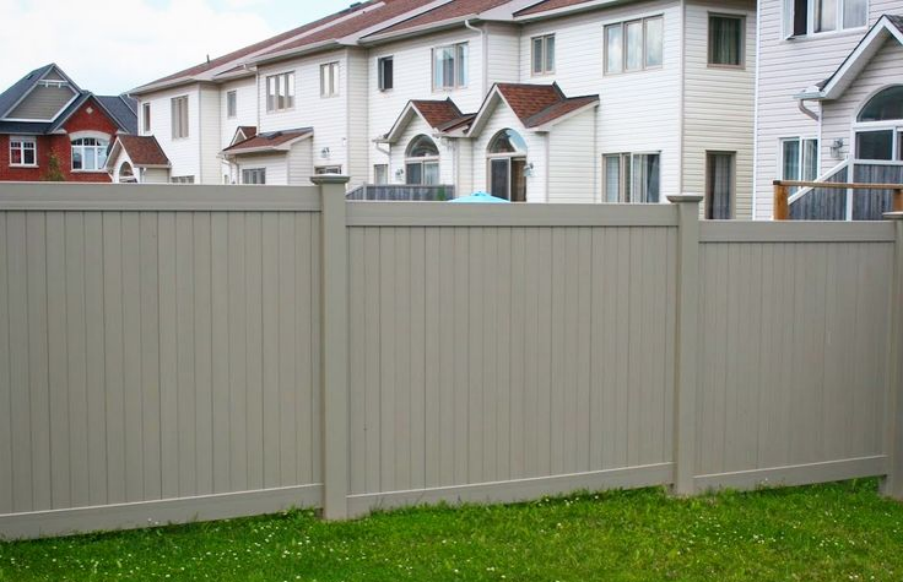
Vinyl fencing is a low-maintenance, contemporary replacement of wood. It comes in a range of colors and designs, including those that simulate wood grain. Best for homeowners looking for a chic, low-maintenance fence for long-term use.
Pros
- Durable and resistant to weather, rot, and insects
- Extremely low maintenance: merely sporadic cleaning is required.
- Found in a range of hues and fashions
- Doesn’t splinter, warp, or fade.
Cons
- Higher initial cost than timber
- Brittle in very cold
- Limited repair choices; damaged panels could necessitate full replacement.
3. Metal fencing (aluminum, steel, wrought iron)
Metal fences provide great security, elegance, and power. Styles include light and rust-proof aluminum as well as ornamental wrought iron.
Pros
- Exceptionally sturdy and robust
- Long lifespan with little maintenance, especially for aluminum.
- Elegant and luxurious look
- Excellent for security applications
Disadvantages
- More costly than timber or vinyl
- Offers hardly any privacy unless used with screens or inserts.
- Wrought iron needs occasional rustproofing.
4. Composite fencing
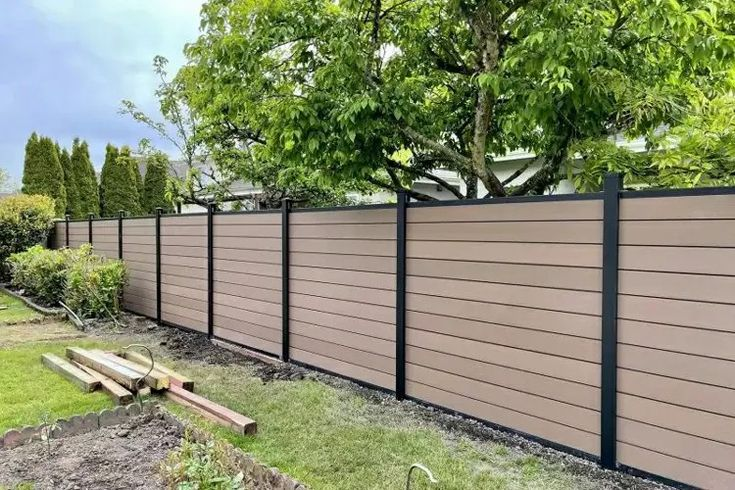
Composite fencing comprises a blend of wood fibers and recovered plastic. It melds the best qualities of both materials.
Pros
- Eco-friendly and long-lasting
- Though similar to wood, it lasts much longer.
- Resistant to decaying, warping, and rot
- Low maintenance
Drawbacks
- Greater cost than vinyl and wood
- Few textures and colors range
- Heavier and might need skilled installation.
5. ChainLink Fence
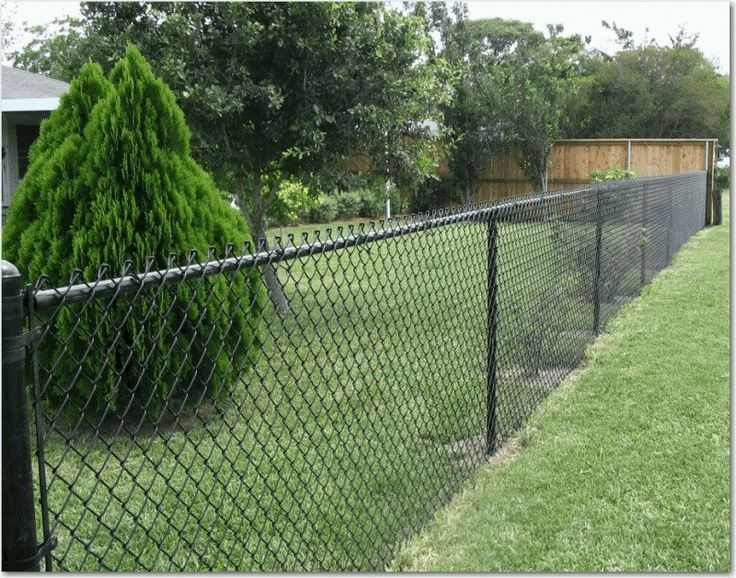
Used extensively in home and commercial situations, chain link is a cost-effective, sensible fencing material.
Advantages
- Quick to set and reasonably priced.
- Extremely tough and long-lasting.
- Minimum maintenance
- Plants or privacy slats can improve your space.
Disadvantages
- Industrial look—not appealing
- Offers little privacy without supplements
- Over time, should rust not be coated
How to Choose the Right Material
Choosing the appropriate material is critical when designing a fence to guarantee its fulfillment of both practical and artistic objectives. These five major considerations should inform your choice:
1. Purpose
Begin by determining the main goal of your fence. Should privacy be your highest priority, choose materials like wood, vinyl, or composite that come with solid panel choices. Think about tough materials such as steel, wrought iron, or tall aluminum fencing for improved security, particularly in crowded or metropolitan locations.
2. Climate
Your local weather has a major impact. In humid climates, choose moisture-resistant materials such as vinyl or aluminum and steer clear of untreated wood. In sunny regions, UV-resistant fencing helps prevent fading. For chilly climates with freeze-thaw cycles, composite or pressure-treated wood is more durable than brittle vinyl.
3. Budget
The selection of materials will be directly impacted by your budget. Affordable choices include pressure-treated wood and chain link. Offering equilibrium between affordability and longevity, vinyl and aluminum reside in the middle range. Composite or wrought iron offers premium solutions with long-lasting performance and luxury aesthetics.
4. Regular maintenance
Think about the amount of care you’re prepared to give. Low-maintenance materials include vinyl, aluminum, and composite. Though lovely, wood needs frequent staining or sealing to keep its appearance and integrity.
5. Visual appeal
Last of all, pick a material that goes with the architecture and landscaping of your house. To create a coherent, visually appealing design, match the color, texture, and style of the fence with current elements.
Part 3. How to Design the Appearance of a Customized Fence?
Design the look of your personalized fence to intersect functionality and creativity. Meeting practical needs like privacy, security, or border definition, a well-designed fence should improve the aesthetic appeal of your house. Here are the main factors to take into account:
1. Height
One of the first design considerations decided upon is the fence elevation. For front yards, a 3 to 4-foot fence defines without limiting openness. Usually measuring five to six feet to guarantee privacy, backyard fences are. 7-foot or higher fences might be best if noise reduction or security is important.
2. Elegance
Curb appeal depends mostly on fence style. Pick from traditional picket designs for a traditional appearance, clean horizontal slats for contemporary tastes, or shadowbox and lattice styles for a balance of privacy and ventilation. Make sure the style matches your home’s architecture.
3. Fence Tops
Decorative tops such as arches, scallops, or lattice panels add personality and style. Stylish post caps, such as flat, pyramid, or solarlit types, can improve nighttime visibility as well as aesthetics.
4. Gate architecture
Consider single or double gates, sliding gates for confined areas, or arched entrances for enhanced elegance. Gates ought to complement the general fencing design and serve practical purposes. Good gate design improves accessibility and visual consistency.
5. Placement and Picker Design
Both visibility and airflow are impacted by the way pickets are placed. Solid panels provide complete privacy; spaced pickets or post-and-rail designs provide a more open, welcoming ambiance.
Part 4. Custom Fence Color Options
Color is a strong tool in customizing your fence since it affects the overall harmony of your outdoor area as well as its aesthetic appeal. Choosing the right color for your fence either helps it fit with your house or highlights it as a design element.
1. Natural wood Tones
Stains can bring out the inherent beauty of wood if you decide on it. Darker hues like walnut or mahogany provide richness and depth, while lighter stains like pine or cedar provide a fresh, rustic appearance. Clear sealers keep the wood’s natural appearance while providing protection.
2. Wood and Vinyl Painted
Painted wood offers whole color flexibility. Popular choices include white for a clean, classic look, gray for modern appeal, or black for a bold, dramatic effect. Vinyl fences are sometimes pre-colored choices like white, tan, gray, or even woodlook finishes.
3. Finishes for Metal Fencing
Usually powder-coated in hues like black, bronze, green, or white, aluminum and steel fences are. It can be painted to fit your home’s color scheme.
4. Composite Fence Shades
Composite fencing provides a palette of earthy tones—brown, gray, beige—that have the look of wood without peeling or fading.
Part 5. Do You Need Additional Features for Your Custom Fence?
Customizing a fence requires more than posts and panels. Other elements can dramatically improve the visual appeal, security, and utility of your fence, transforming it beyond merely a border.
1. Lights
Lighting your fence can enhance safety and ambiance. Solar-powered or low-voltage LED lights fixed on poles or along the fence line can illuminate paths, discourage burglars, and provide beauty to your property.
2. Upgrades in security
Features like automatic gates, keypad entry systems, motion sensors, or surveillance camera mounts might be considered if security is a worry. Homes in high-traffic areas or properties with kids and pets benefit most from these improvements.
3. Decorative Enhancements
Aesthetic elements like post caps, lattice toppers, arched gates, or decorative ironwork can give your fence character and flair. Planters, trellises, or even murals can be added to express your style and landscape theme.
4. Sound Regulation and Privacy
Solid panels, extra height, or sound-reducing patterns would provide for ultimate privacy. Privacy slats can also be added to chain-link fences; landscaping like hedges or vines can improve isolation and soften the appearance.
5. Pet and Child Safety
Add elements like self-closing gates, close picket spacing, or barriers to stop digging beneath the fence if your fence is supposed to protect children or animals.
Part 6. Cost Estimates for Custom Fencing
Fence Type | Approximate Total Cost |
Chain-Link | $2,000 – $3,500 |
Wood | $3,000 – $6,000 |
Vinyl | $4,000 – $7,500 |
Aluminum | $4,500 – $8,000 |
Wrought Iron | $6,000 – $10,000+ |
Composite | $5,000 – $9,000 |
Tips to Manage Costs
- Get multiple quotes from licensed contractors
- Choose simpler designs for large areas
- Opt for partial customization (e.g., prefabricated panels with custom posts)
Schedule installation during the off-season for discounts
Conclusion
Personalizing a fence combines functionality, style, and individual expression perfectly. You can design a fence that complements the look of your house while satisfying your demands, whether it’s for privacy, security, or curb appeal.
Every decision, from the kind of metal or wood to the gate design and lighting, contributes to the end product. Through careful design, your custom fence transcends just a border to become a lasting and treasured component of the identity of your home.

